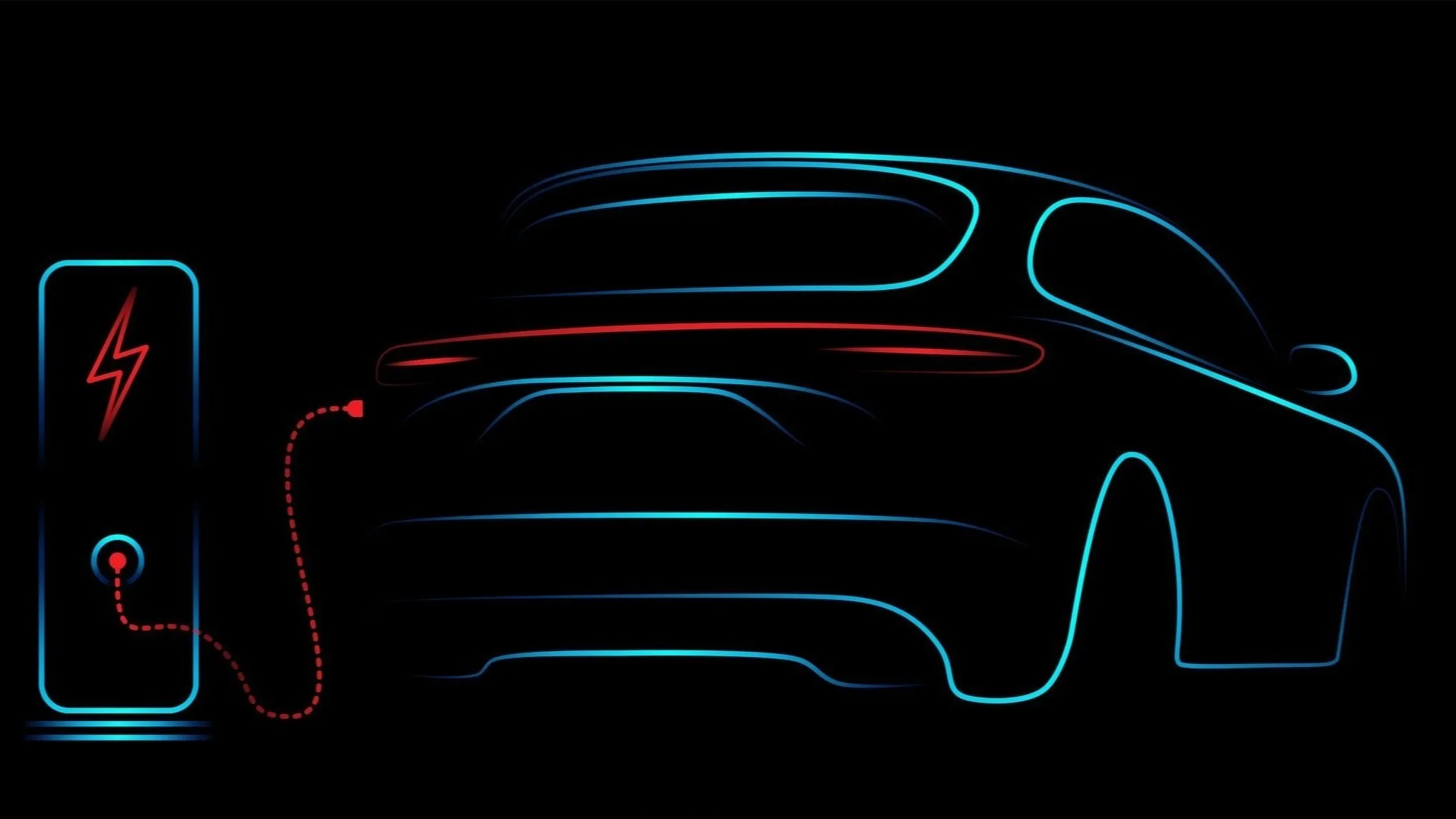EVs and EV Chargers as Strategic Grid Resources: Building the Vision at VGIC
By Edward Burgess
The Vehicle-Grid Integration Council is closing the books on a truly remarkable year and is gearing up for an even more ambitious 2022. On the heels of hosting our first in-person meeting since our founding in early 2020, I wanted to relay some reflections on the crucial industry progress our organization has helped deliver over the past 12 months and what is top of mind for our members heading into the new year.
Before we dive in, I’d like to extend a big thank you to CPUC Interconnection Program and Project Supervisor Justin Regnier, CEC Electric Generation System Program Specialist Ben Wender, and CAISO Lead Policy Developer Anja Gilbert, who traveled to Berkeley and spent time educating our members on how their agencies view the VGI products and services market evolving, and how their agencies are moving forward with rulemaking and market design in this dynamic space.
Reflections from the Past Year of Market Building
The VGIC team has helped our members navigate markets across the country in pursuit of a more resilient grid and fair compensation mechanisms for EV resources. A few notable policy wins include:
Secured approval of a novel EV/VGI Aggregation program in California (through the Emergency Load Reduction Program), which offers aggregators a minimum of 30 hours dispatch at $2 per kWh for V1G and/or V2G aggregations with broad customer and device eligibility.
Solidified the rules for streamlined V2G interconnection in California under Rule 21, including both V2G-DC and V2G-AC pathways.
Contributed to the release of $20 million in CEC funding for V2B backup power solutions and proposals for $29 million in CPUC-authorized utility funding for VGI pilots.
Secured favorable rules for V1G and V2G participation in Massachusetts’ Clean Peak Standard program.
Successfully included V2G export compensation in the scope of the next phase of PG&E’s dynamic Commercial EV rate case.
Served as lead advocate for VGI considerations within the CARB’s Advanced Clean Cars 2 Regulation.
Raised the profile of EV Automated Load Management (ALM) as a crucial tool for helping to stretch investments in EV charging infrastructure even further.
What’s in Store for VGIC
In the coming year, VGIC will continue to expand our state-level advocacy and market monitoring work to several additional states beyond California, New York, and Massachusetts, alongside a focus on the implementation of the recently passed bipartisan infrastructure package and its outlay of $7.5 billion for charging stations and $5 billion for electric school buses.
In today’s rapidly evolving marketplace, what policy trends are top of mind for our members?
How will the infrastructure bill reshape the Transportation Electrification program landscape, and what role will VGI have to play in supporting these initiatives?
Continuing progress on updating DER compensation and market design;
Advancing utility VGI programs and real-time pricing;
Developing V2G interconnection pathways and consistency across multiple jurisdictions; and
Accelerating incentives and deployment of V2G for school buses and other types of EV fleets.
Clearly, we have a lot of work ahead of us! As a membership-based trade association, VGIC is committed to advancing the role of electric vehicles and smart EV charging and discharging through policy development, education, outreach, and research. The strength of our growing member network is our greatest asset as we work together to support the transition to a decarbonized transportation and electric sector.
To learn more about VGIC and the role it plays in unlocking the value of EVs and smart EV charging as a strategic grid resource,

